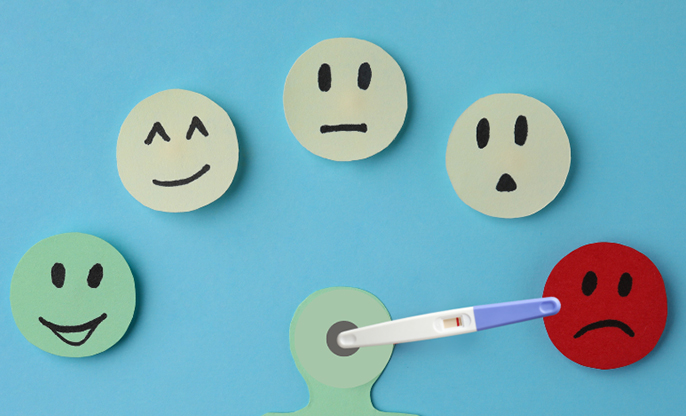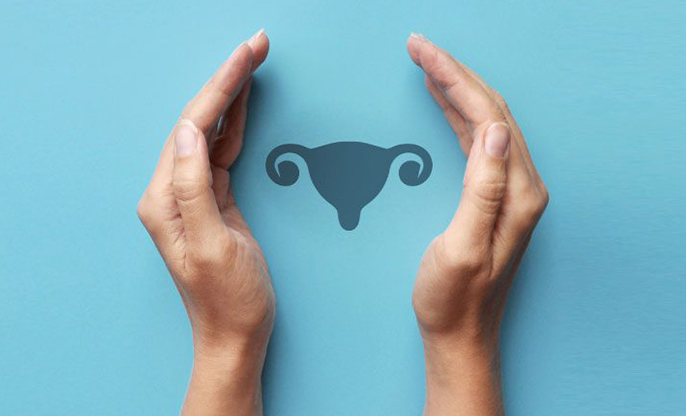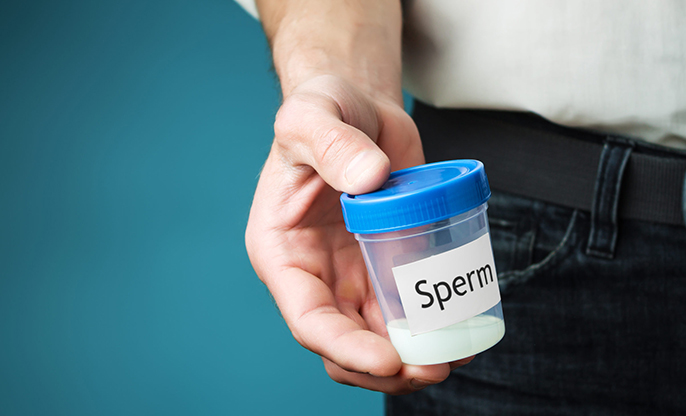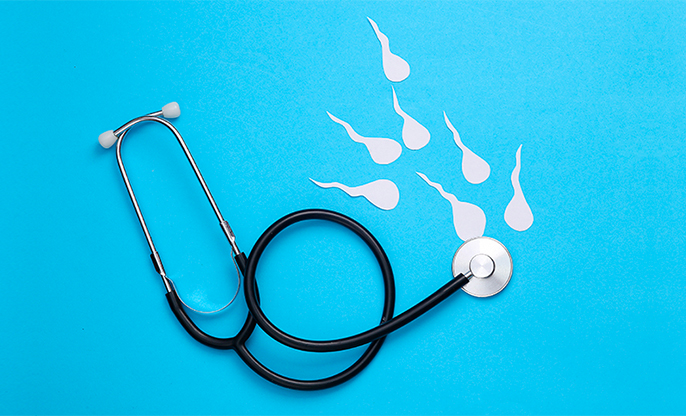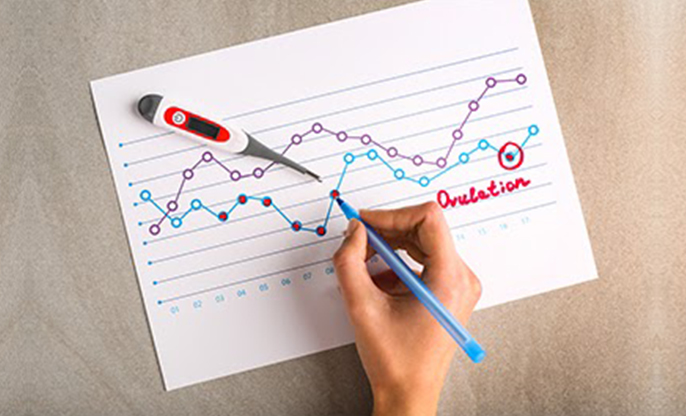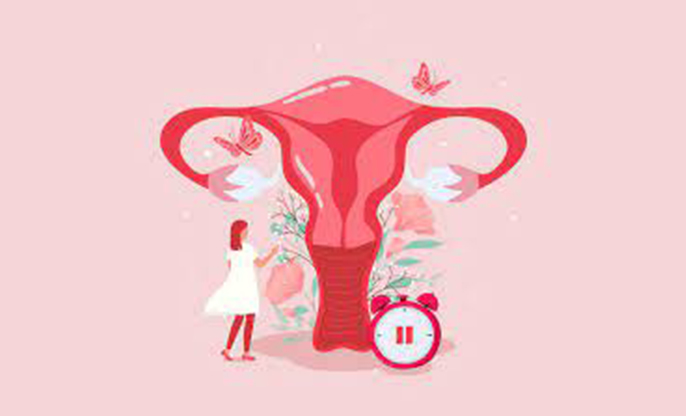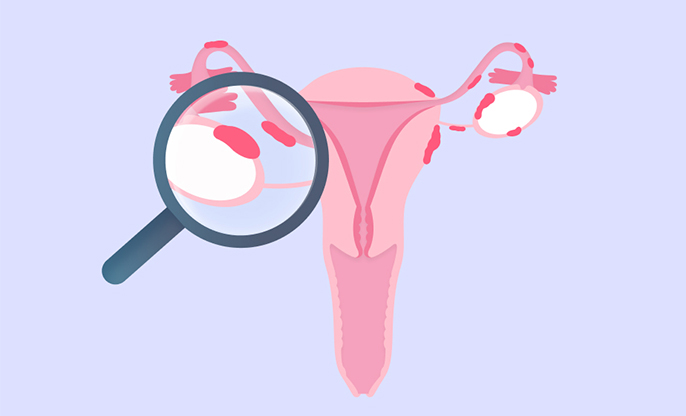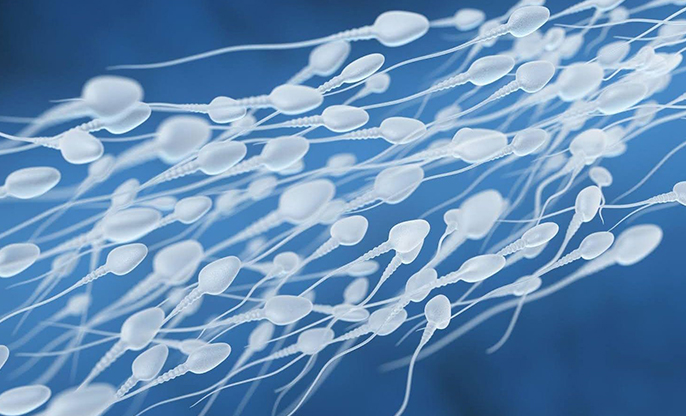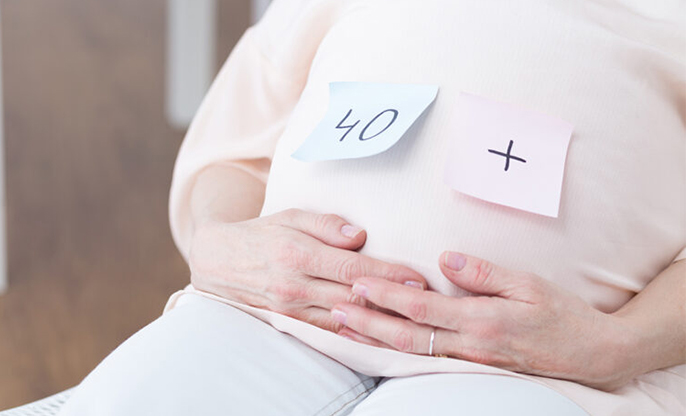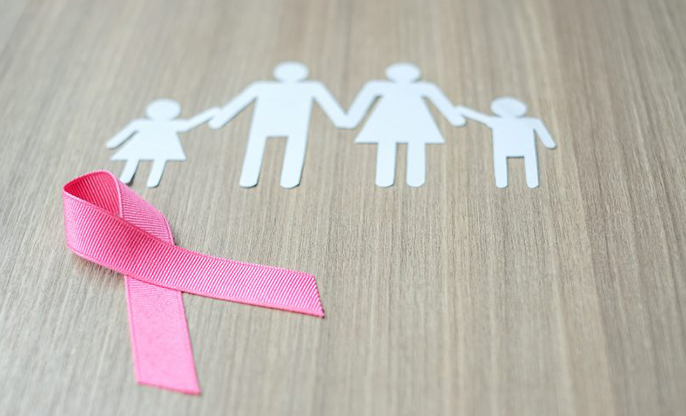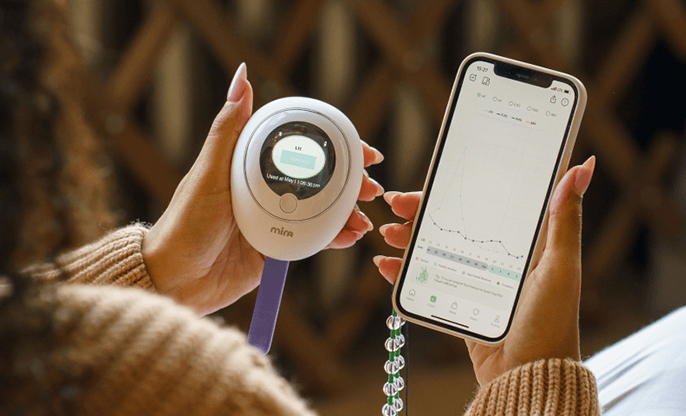
In today's digital age, technology plays a significant role in various aspects of our lives, including fertility tracking. With the rise of fertility apps and gadgets, individuals and couples trying to conceive have access to valuable tools for monitoring their reproductive health and optimizing their chances of conception. Here's a closer look at the role of technology in fertility and some popular apps and gadgets for tracking.
1. Fertility Apps: Fertility tracking apps are mobile applications designed to help users monitor their menstrual cycles, track ovulation, and record other fertility-related data. These apps often use algorithms and data input by users to predict fertile days, ovulation windows, and menstrual cycles. Some popular fertility apps include Clue, Flo, Glow, and Ovia.
2. Ovulation Prediction Kits: Ovulation prediction kits (OPKs) are gadgets that detect hormonal changes in urine to predict ovulation. These kits typically measure luteinizing hormone (LH) levels, which surge just before ovulation occurs. By tracking LH levels, individuals can identify their most fertile days and time intercourse accordingly. Some popular OPK brands include Clearblue, First Response, and Easy@Home.
3. Basal Body Temperature (BBT) Thermometers: BBT thermometers are specialized thermometers used to track basal body temperature, which is the body's temperature at rest. By monitoring BBT daily and charting temperature fluctuations throughout the menstrual cycle, individuals can identify changes indicative of ovulation. This information can help pinpoint the fertile window and confirm ovulation.
4. Wearable Fertility Trackers: Wearable fertility trackers are wearable devices that monitor physiological parameters such as temperature, heart rate, and movement to track fertility. These devices often use advanced algorithms to analyse data and provide insights into ovulation and menstrual cycles. Popular wearable fertility trackers include Ava, Tempdrop, and OvuSense.
5. Smart Ovulation Monitors: Smart ovulation monitors are compact devices that analyse saliva or cervical mucus to predict ovulation. These monitors typically use a mini-microscope or sensor technology to detect changes in saliva or mucus consistency associated with ovulation. By observing these changes, individuals can identify fertile days and optimize conception efforts.
The
integration of technology into fertility tracking offers individuals and
couples a convenient and accessible way to monitor their reproductive health
and optimize their chances of conceiving. Whether through smartphone apps,
wearable devices, or specialized gadgets, technology empowers individuals to
take control of their fertility journey and make informed decisions about
family planning. However, it's essential to remember that while technology can
provide valuable insights, it should complement rather than replace
personalized medical advice and guidance from healthcare professionals.



